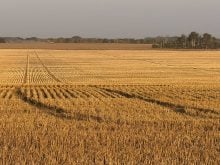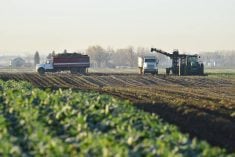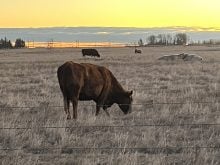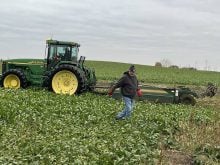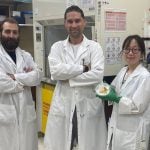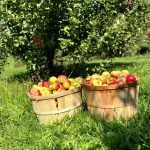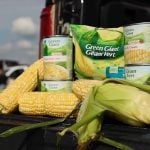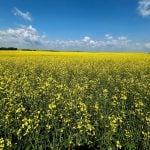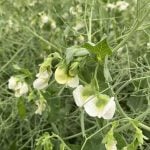While Brazil’s soybean production has been getting a lot of attention recently, soybean acres are also growing in neighbouring Argentina. Here’s a report on that expansion.
ROSARIO, Argentina – Argentine soy production is expanding and setting new records year after year, despite the country’s frequent economic problems.
With the 2002-03 harvest in full swing, the world’s third largest soy producer expects to produce between 34 and 35 million tonnes of oilseed this year as land use in nontraditional areas grow. That has sparked concerns about a lack of crop diversification.
Read Also
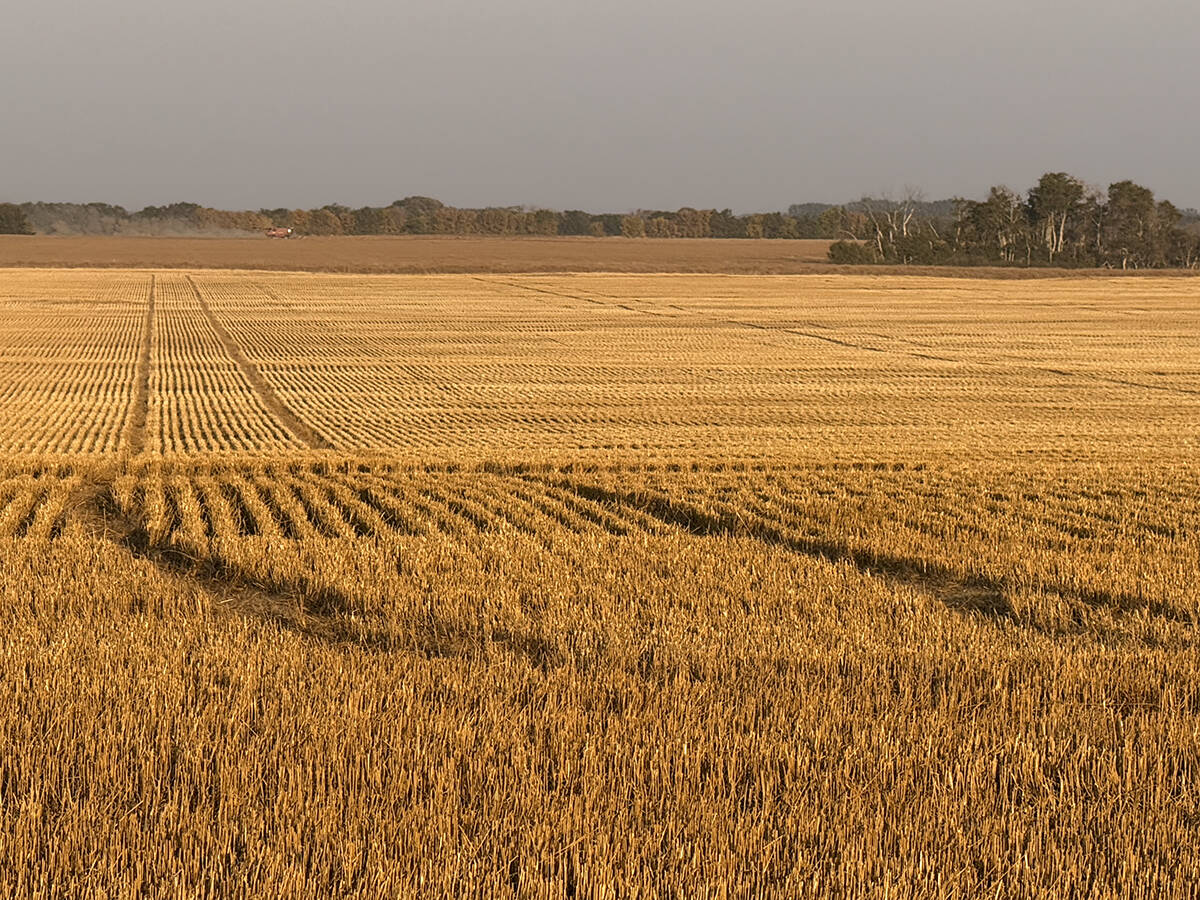
Final crop reports show strong yields, quality
Crops yielded above average across the Prairies this year, and quality is generally average to above-average.
Entre Rios province, 500 kilometres to the northwest of Buenos Aires, planted 2.47 million acres of soy this year, a far cry from the 842,620 acres sown five years ago. In some parts of the province, the crop displaced cattle ranching, sorghum and forestry.
“All of the ranches that were on marginal land and were producing a calf per year can now become farms and plant genetically modified soy,” said Rogelio Bollo, a local farmer with about 18,500 acres of soy.
“It’s an impressive trend. It’s cutting into forestry and could continue for long time,” he added.
The central provinces of Santa Fe, Cordoba and Buenos Aires account for 75 percent of the area devoted to soy production, but the peripheral regions show steady growth rates due in part to low land prices.
The outlying areas can also increase their area at a faster rate than the central regions because there is limited room for growth in the traditional soy areas.
In Santiago de Estero, about 1,100 km north of Buenos Aires, farmers dedicated 1.68 million acres to soy in the 2002-03 growing season, up from the 523,860 acres planted in 1998-99, according to official data from the agriculture department and the Rosario Grain Exchange.
“Many farmers in Cordoba are going north, to Santiago, Chaco, Salta. They’ve been farming up there for two years now,” said Ricardo Senor, an agricultural engineer with the Intagro grain brokerage.
In spite of the 11 percent contraction in the Argentine economy last year, agriculture reaped a strong year, helped by the 70 percent devaluation of the peso against the dollar in January 2002.
The devaluation tripled farmers’ income, since grains and oilseeds are sold on world markets in dollars while the majority of costs remain in devalued pesos. The government taxed farm exports to take advantage of that extra income.
Soy yields in the northern provinces of Santiago del Estero and Chaco, which are outside the main soy region, are growing and reached 0.93 tonnes per acre on average this year, up from 0.85 tonnes last year, Senor said.
Even if yields in the area do not reach levels of the main soy belt, the business is still profitable in the north because of lower production costs.
“Land is cheaper to rent and to buy than in the central provinces,” he said.
The same is true in the northern province of Salta, where soy area grew from 395,365 acres to 840,150 acres over the last five years.
The province of Chaco transformed itself into the main soy province of northern Argentina with a harvest of 1.85 million acres in 2002-2003, up from 728,955 acres in 1998-99.
Overall soy area has grown exponentially in recent years, helped by the use of GM seeds, which reduce production costs.
Soy area reached a record 31.1 million acres in 2002-03, nearly half the 68 million acres dedicated to farming all crops nationwide and more than double the 13 million acres planted with soy a decade ago. Farmers sowed 28.7 million acres with the oilseed last year.
But the soy invasion is not welcomed by all.
“Charata (in Chaco province) was a cotton region. Today it’s been converted into a soy region. From the point of view of the country, is this good? I don’t know,” said Rogelio Ponton, head of the department of economic research at the Rosario Grain Exchange.
“I would prefer more diversification. “It wouldn’t surprise me if the amount of soy being planted, especially in the outer areas in the north, went up given the rise in prices over the past year,” Ponton said.
The trend of an expanding soy area has also hit Argentina’s farming heartland and districts like Pergamino, in Buenos Aires, the heart of Argentina’s corn belt.
“Corn production has been falling year by year and it isn’t recovering,” said Gustavo Espeche, a member of a local grain co-operative that sells 25,000 tonnes of soy per year.
“This year, if we can produce the same amount as last year it would be very good.”


